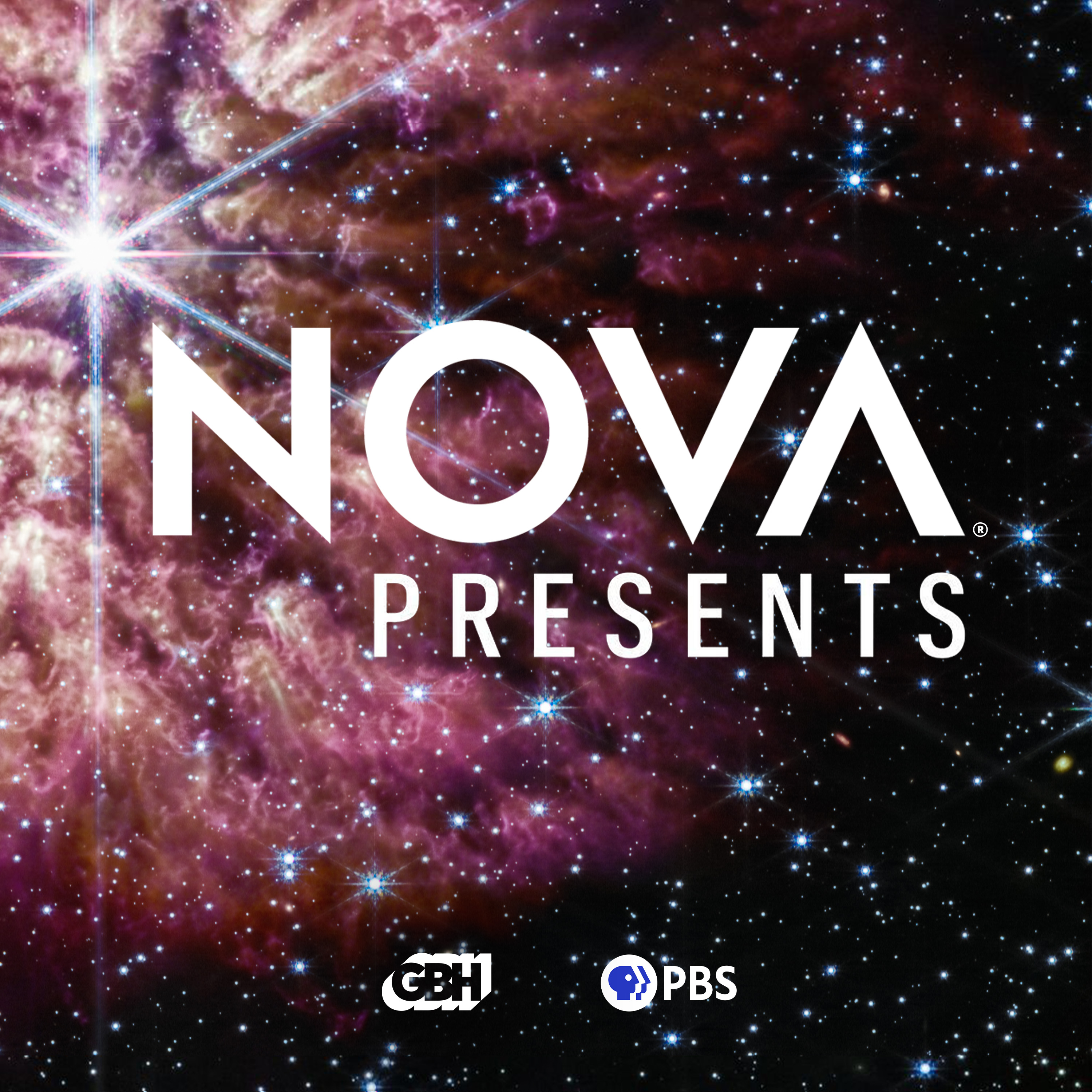
NOVA Presents
Author: GBH
Subscribed: 9,357Played: 29,741Description
Ever wonder what's really going on in the world of science? We've got you covered. Join us for conversations with the researchers making tomorrow's breakthroughs, deep dives into the universe's biggest mysteries, and clear explanations of the discoveries that matter most. We're talking climate breakthroughs, space mysteries, AI developments, and quantum leaps, all explained by the people doing the work.
Whether you're curious about breaking headlines, fascinated by black holes and alien worlds, or ready for mind-bending conversations with brilliant scientists, NOVA Presents delivers four incredible series that make complex science feel like chatting with your smartest friend. For over 50 years, NOVA has been your trusted guide to understanding the world, now we're bringing that same curiosity and clarity straight to your ears. Come explore with us.
Discover more NOVA content and subscribe to our YouTube channel.






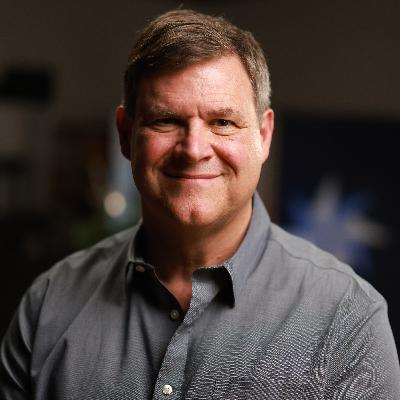
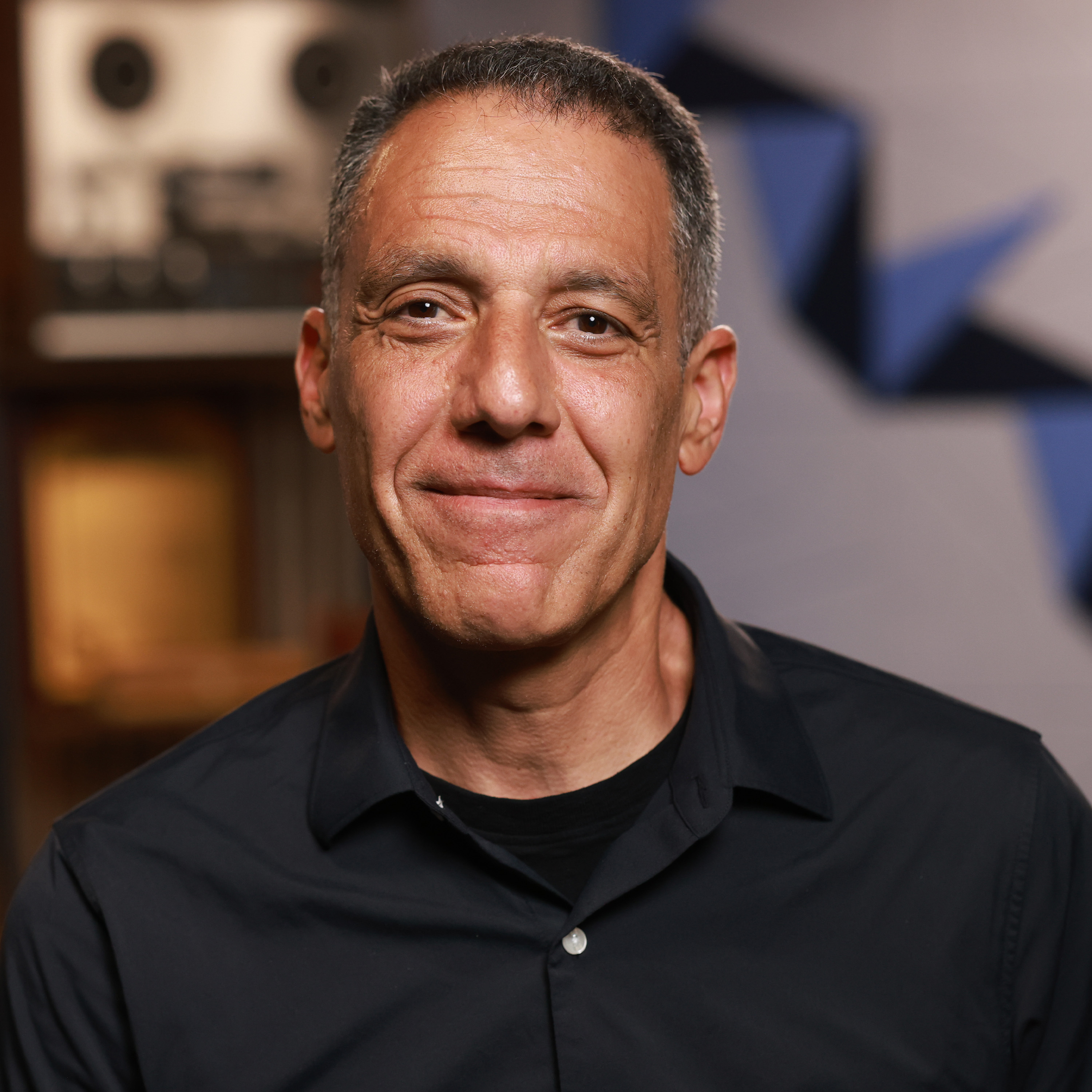
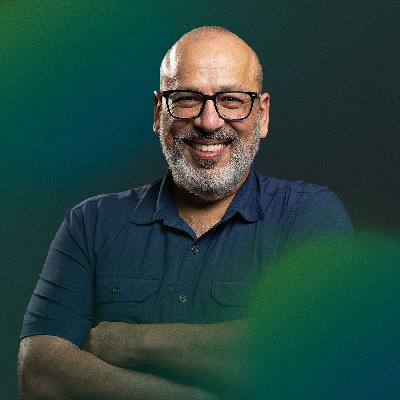


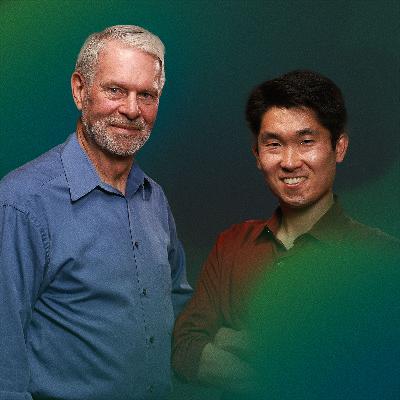


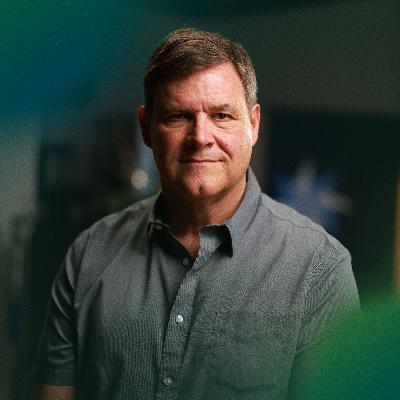

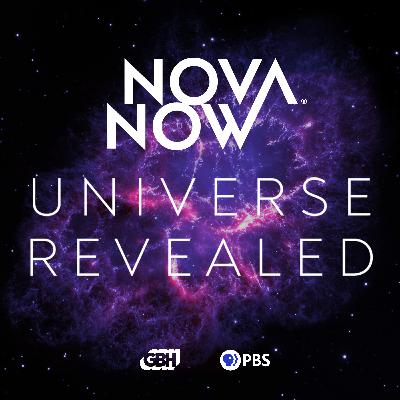
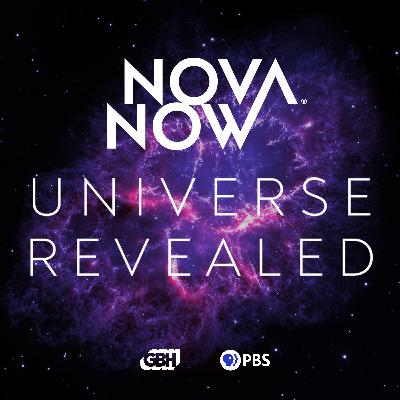




I don't follow programs that spread unproven theories that are intended to globalize humanity. We should not have world anything in this life. We are created as God intended, with free will and a conscience. Just as National Geographic became a standard bearer of the Greta fanclub, PBS is a socialist propagandist.
YAY!
So excited for this new podcast!!! NOVA always produced the highest quality productions.
great podcast, I hope it gets popular and gets weekly releases!